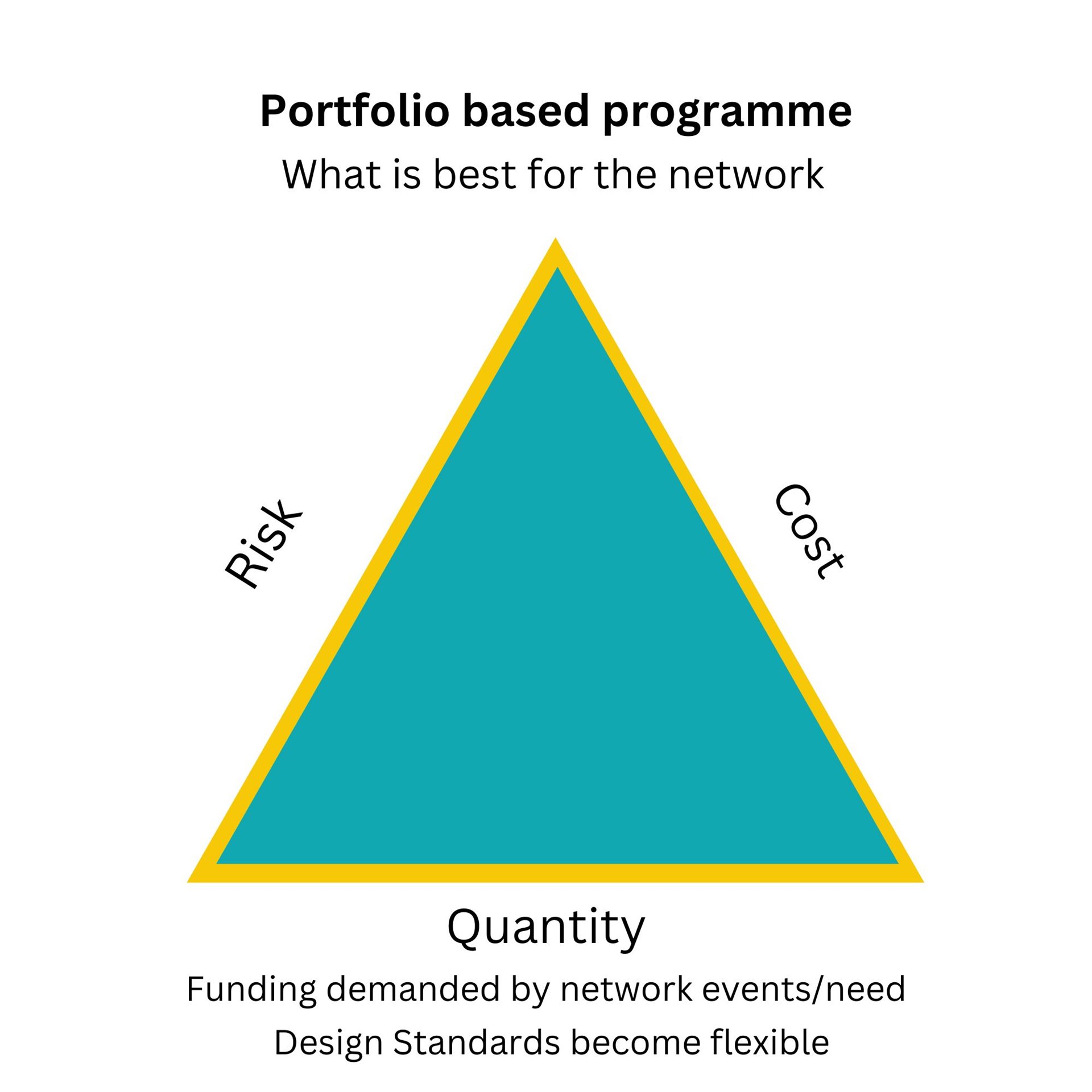The recent extreme weather events have led many clients to consider the resilience of their assets. It has also led Mike Tapper to reflect on the increasing importance of ‘portfolio thinking’. Having joined Beca in 1996 as a civil engineer and worked as Technical Director in the road asset management and road maintenance field for the last 12 years, you could say Mike has been involved in the asset management and network maintenance space for ‘a while’ now.
Alongside its asset management experience, Beca also has a proud history in capital projects. Traditionally, the two spaces have quite different approaches to their work, but as Mike notes - they are becoming closer. He explains...
Capital programmes are traditionally made up of a series of assets which are either new or due for major improvements or renewal. Think of a culvert, a bridge replacement or road improvements such as a new roundabout, for example. Each project looks at what is the best solution for that particular asset. There is the classic triangle where you balance quality, time and cost. Normally one of these parameters is fixed and the other two vary inversely to each other. Design standards are clear and quality is more about increasing levels of functionality. The result of the design solution typically sets or confirms the cost which is advised to the client. Traditionally I would say, this is where many infrastructure project managers have operated.
Asset management considers the portfolio of assets as a whole. Think of a network pavement renewal programme as an example. The budget needs to stretch across the portfolio and optimise “what is best for the portfolio”. The quality triangle shifts to what I would call a “quantity” triangle. The portfolio budget for that year is typically fixed. The programme size (quantity of work) varies inversely with the risk the asset owner wishes to take, which informs the renewal cost.

Design standards become flexible as the risk is considered for each asset depending on criticality as shown in the diagram above. For example, we may design a culvert for a reduced return period, in line with other assets on the flowpath, since there is little point in having one culvert to handle a once-in-50-year event, if the others will flood in a two-year event. We see it becoming increasingly common in pavement renewals where the full 25-year design life is seen as a conservative option, with a shorter term design option selected with increased risk taken on by the owner. This approach results in cost savings per asset which can then be used to treat other sites within the overall budget.
With the increase in extreme weather events, the capital funding demand is now becoming driven by increasing the network resilience. Road networks need restoration and reduced vulnerability. Stormwater assets are becoming under-capacity. These issues are driving investment rather than simply end-of-life renewals and our owners are seeing their previous annual capital investment budgets are suddenly inadequate. Hence this shift to a more asset management type approach. The limited budget does not cover network need. Therefore there is a need to compromise standards and levels of service and take on more risk. This seeks to minimise the overall risk to the portfolio as a whole and optimise the constrained budget.
Where to from here?
Asset owners need a greater understanding of the implications in the recent shift in the resilience, and therefore vulnerability, of their assets. What is the impact of the increased rainfall patterns on our surface lifecycles and drainage assets? Subsequent to that is a need for an affordable and structured response. This needs to take into account climate change and sustainability while utilising appropriate data collection and maintenance record keeping.
Owners, probably most importantly, also need to understand the opportunities from taking on more risk, rather than relying on design standards to manage it. With that comes the ability to be comfortable when failure occurs. Fixing 10 sites and having one fail is a far better result than only fixing three to a much higher standard. Does a slip repair need to be designed to withstand an earthquake, when the earthquake would close the road in six other places anyway? By not designing it for that earthquake, the savings can be used elsewhere.
In response, professional service providers need to design options answering the “what can the owner get for their money?” question. Design options therefore need to communicate risk clearly. Clients are keen to understand risk and take it on, rather than simply designing it out. Design options need to think about efficiency beyond the individual asset. For example, standardising designs and details, longer treatment lengths and grouping improvements by location. In roading we are moving away from the treatment length “right place, right time, right treatment” approach. There are much larger savings by looking at corridor-based approaches, for example.
If this shift to portfolio thinking and the implications of it strikes a chord, feel free to get in touch.
Mike Tapper
Senior Technical Director - Transportation